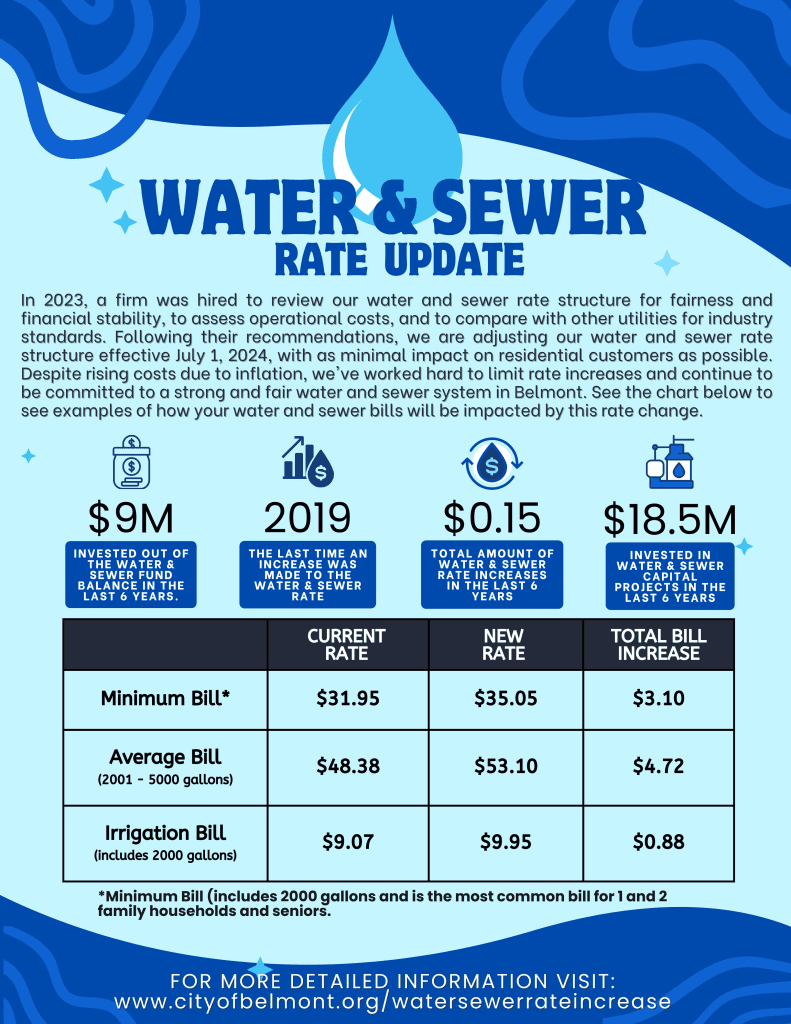Dolores Proposes Staged Water, Sewer Rate Increases Through 2030
The Town of Dolores scheduled a public hearing at its November 10, 2025 Board of Trustees meeting on a proposed 2026 budget and a multiyear plan to raise water and sewer rates through 2030. The increases are tied to a roughly $14 million multi phase water line replacement project and a State Revolving Fund loan requirement that could affect the town budget and household bills.
Listen to Article
Click play to generate audio

Town officials on November 10, 2025 placed a public hearing on the agenda of the Board of Trustees to consider a proposed 2026 budget that includes staged increases to both water and sewer rates running through 2030. The proposal is linked to plans for a multi phase water line replacement project with an estimated cost of roughly $14 million, and to lending conditions set by the State Revolving Fund.
Under the proposal, in town base water rates for usage up to 5,000 gallons would rise from $44.34 to $47.00 per month effective January 1, 2026, an increase of about 6 percent. Out of town base water rates would increase from $58.58 to $61.76. The town then proposes additional scheduled percentage increases of 5 percent in 2027, 4 percent in 2028, and 3 percent in both 2029 and 2030. Town officials said similar percentage increases would apply to sewer rates as well.
Officials have tied the schedule to a State Revolving Fund loan condition that requires the town water fund to maintain a 110 percent debt service coverage ratio. The town warned that without the staged increases it could be unable to secure the loan or could risk falling into default on its obligations over time. The municipality last adjusted water and sewer rates in 2020.
Local impact will be felt in monthly household budgets, particularly for residents who live outside town limits who already pay higher base rates. The immediate January increase will add a few dollars a month for most households on the base tier, with compound effects as the scheduled percentage rises take effect in subsequent years. For a community that relies on aging infrastructure, the project aims to reduce costly emergency repairs and water loss, expenses that could otherwise be borne by taxpayers or result in service interruptions.
The proposed borrowing and rate plan reflects a broader pattern among small and rural utilities that must balance the high capital cost of infrastructure upgrades with limited rate bases. State Revolving Fund loans offer lower interest financing to help communities complete large scale projects, but they commonly carry financial covenants designed to ensure repayment capacity. For Dolores, meeting those covenants appears central to moving forward with the water line replacements.
The Board of Trustees hearing on November 10 provides the formal opportunity for residents to hear details, ask questions and register their views before the town adopts the budget and rate schedule. The outcome will determine both the financing path for the water project and the cost trajectory for local utility customers over the coming five years.


